Something Old, Something New, Something Borrowed, & Something Blue: Taking Old School Histology Techniques to New-Aged Technologies
Recorded On: 09/16/2024
-
Register
- Non-member - $30
- Core Member - $25
- Student Member - $25
- Enhanced Member - Free!
Histology is an old science, dating back to the 1600s with its formal discipline established in the early 1800s. Despite its long-standing history, histology remains a crucial component of the pre-clinical drug discovery process. The question then arises: how can a science with a legacy spanning over four centuries remain pertinent and influential in modern research? In the late 1960s and early 1970s, gene therapy first began to make its way into the research space. The first gene therapy clinical trial began in the 1990s and there are currently over 6,000 ongoing clinical trials. Gene therapy aims to treat or prevent diseases by manipulating genetic material within a patient's cells. In our laboratory, we’re using adeno-associated viruses (AAV) to introduce a therapeutic transgene into an animal’s cells. Once our AAV drug product is administered to an animal, ACD’s RNAScope platform helps answer critical questions about its targets post-vivo. RNAScope enables the precise location of our gene of interest at the mRNA level, surpassing the capabilities of traditional PCR. Through the utilization of custom probes, we’re able to reduce off target detection, even when the transgene is expressed at levels below quantification via traditional IHC methods. This is particularly relevant for our lab as we are trying to develop a drug that targets kidney proximal tubule cells. Additionally, in tissue that appears abnormal (ie: inflamed, necrotic, ect) we’re able to investigate if this tissue contains our drug product and understand its broader effect on the body. While RNAScope is an essential tool for gene therapy histology, traditional histological staining is still equally important. The H&E stain provides a straightforward means to visualize cellular organization in tissues, and veterinary pathologists consistently request it for their review when forming a pathology report. Additionally, immunohistochemistry (IHC) stains via brightfield imaging yield conclusive data about cell types present in a tissue, free from the manipulation of histograms and background noise. Using IHC to stain for immune markers helps us understand the types of immune reactions elicited from a viral drug product. Combining these techniques with RNAScope allows for a thorough investigation of a drug profile with the goal of future Investigational New Drug (IND) submission. Overall, while histology began over four centuries ago, it’s still highly relevant to today’s gene therapy research. The integration of RNAScope, combined with powerful morphological stains, position histology as an indispensable component of the drug development research process.
CEUs: This histology course is worth 1 continuing education credit and is available for 365 days from the date of registration.
This session is from the 2024 NSH Virtual Convention Program
Alexa Levinson
Research Scientist | Histology | Microscopy | Discovery Gene Therapy | In-Vivo Animal Work
Extensive expertise in utilizing histology and microscopy to progress the drug development process which drives novel therapies to IND submission. Skilled at interweaving a wide array of histological techniques including in-situ hybridization, immunohistochemistry, and immunofluorescent chemistry to better understand the effects and bio-distribution of a drug product in-vivo.
Recognized for thorough and precise study analysis which captures a holistic view of the drug effects to complement data from other molecular analyses.
Driven by optimism, committed to continual learning, with a willingness to experiment and explore new scientific possibilities leading to innovation.

